 spieth12@spiethstorage.com
spieth12@spiethstorage.com +86 18006010205
+86 18006010205
-
Time:9/16/2025
-
Time:9/15/2025
-
Time:9/10/2025
-
Time:9/5/2025
-
Time:9/2/2025
-
 Tel : +86 18006010205
Tel : +86 18006010205
-
 E-mail : spieth12@spiethstorage.com
E-mail : spieth12@spiethstorage.com
-
 Address : Tongan Park, Tongan District, Xiamen, China 361023
Address : Tongan Park, Tongan District, Xiamen, China 361023
Four advantages of push-back pallet racking
 Time:3/8/2022
Time:3/8/2022 1572
1572Improved warehouse flow
Push-back pallet racking is designed so that each time a pallet is removed, the pallet behind it automatically slides to the front of the racking system. This allows forklift operators to more easily remove the next pallet without the need for forklift attachments and without having to switch to specialized equipment required for similar high-density systems such as double-deep racking.
It also allows push-back racking to be loaded and unloaded faster than driving in racks, as each pallet is loaded from the front and automatically moves forward as the pallet is unloaded.
Increased storage capacity
Push-back pallet racking can be used to increase the storage capacity in a warehouse without increasing the number of aisles. This is because push-back racking can be up to five pallets deep per system. In addition, racks can be placed back-to-back in order to store up to ten pallets between aisles.
This means that push-back racking systems can increase storage capacity by up to 60% compared to a double-deep racking system configuration with the same number of aisles.
High Density - Moderate Product Differentiation
Push-back pallet racking is a high density pallet racking system that can be used for low to moderate product differentiation ranges. In a multi-stage push-back racking system, each track is individually accessible, allowing different products to be stored in each location. This allows push-back racks to have higher accessibility than similar high-density systems such as drive in racks. This is because the drives in a rack system need to remove trays sequentially from top to bottom, which means that the same or similar trays must be stored in columns. (See Figure 1 below).
For example, in a push-back racking system that is three pallets high, four pallets deep, and three pallets wide, nine pallets are immediately accessible from the front of the aisle, meaning you can store nine product types in the system without reducing accessibility.
In contrast, in a drive-in racking system, you must unload the pallets at the top of the stack to access the pallets below. Therefore, in a drive-in system of the same configuration, only three pallets are immediately accessible from the front of the aisle, which means you can store up to three product types without compromising product accessibility. (See Figure 1 and Figure 2 below).
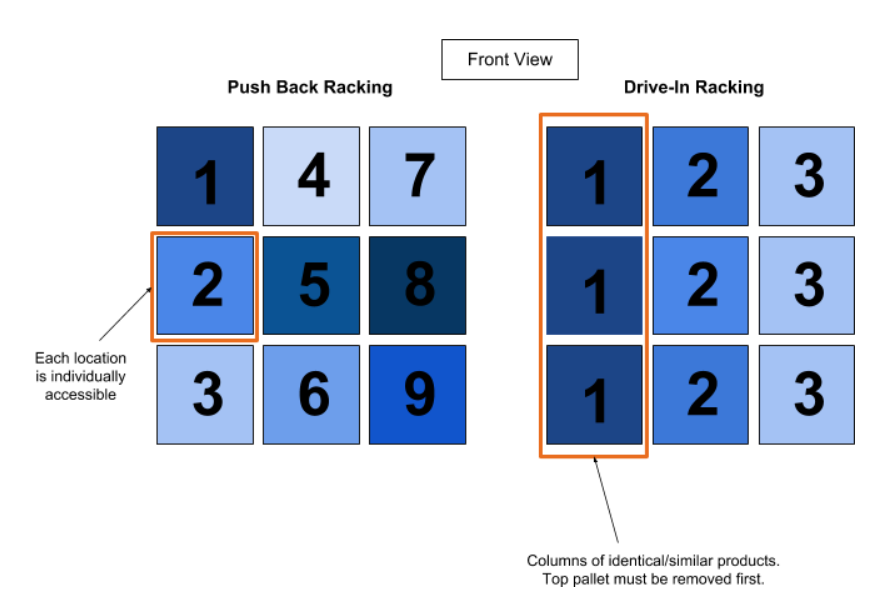
Compatible with standard forklifts
Another benefit of push-back racking is that, unlike other high-density storage systems, it does not require a dedicated forklift with additional reach. This is because the push-back racking system's angled rails mean that each time a pallet is unloaded, the next pallet slides forward into a forward position that is within reach of a standard forklift truck.
This means that push back racking offers you the benefits of a high density storage system without the need for new dedicated forklifts or long reach attachments, saving you money.
Further Reading:
How does push back racking work?
Mezzanine - A great way to create extra space in your store
Four of the most common types of dock leveler
The necessity of heavy-duty pallet racking
What do you need to consider when buying a pallet racking system?
-

-
 +86 18006010205
+86 18006010205 -
 +86 18006010205
+86 18006010205
 0
0







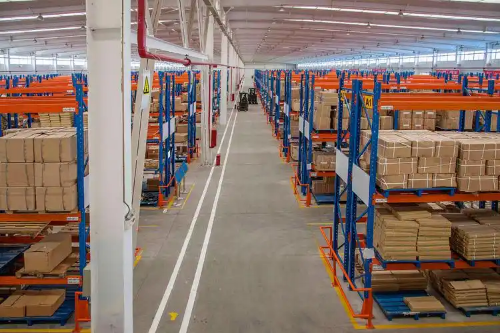
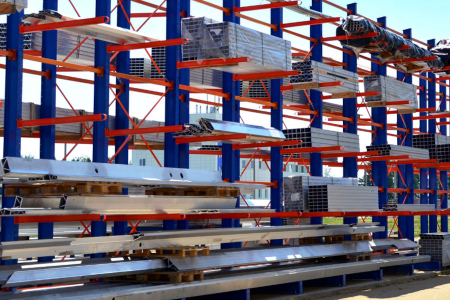
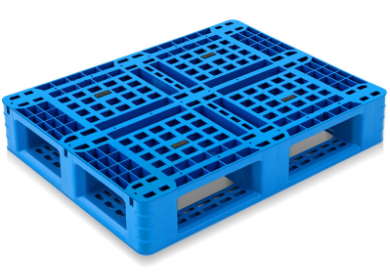
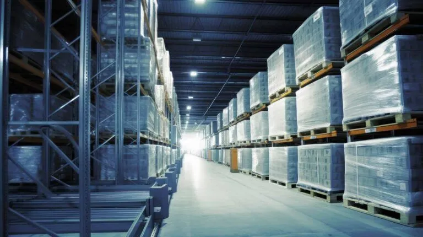
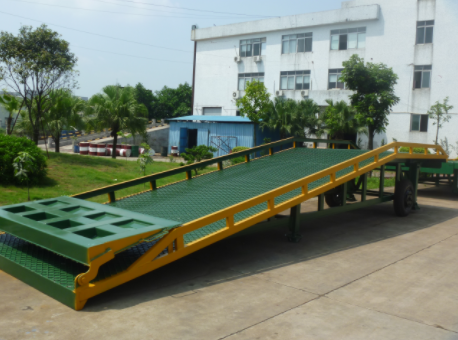
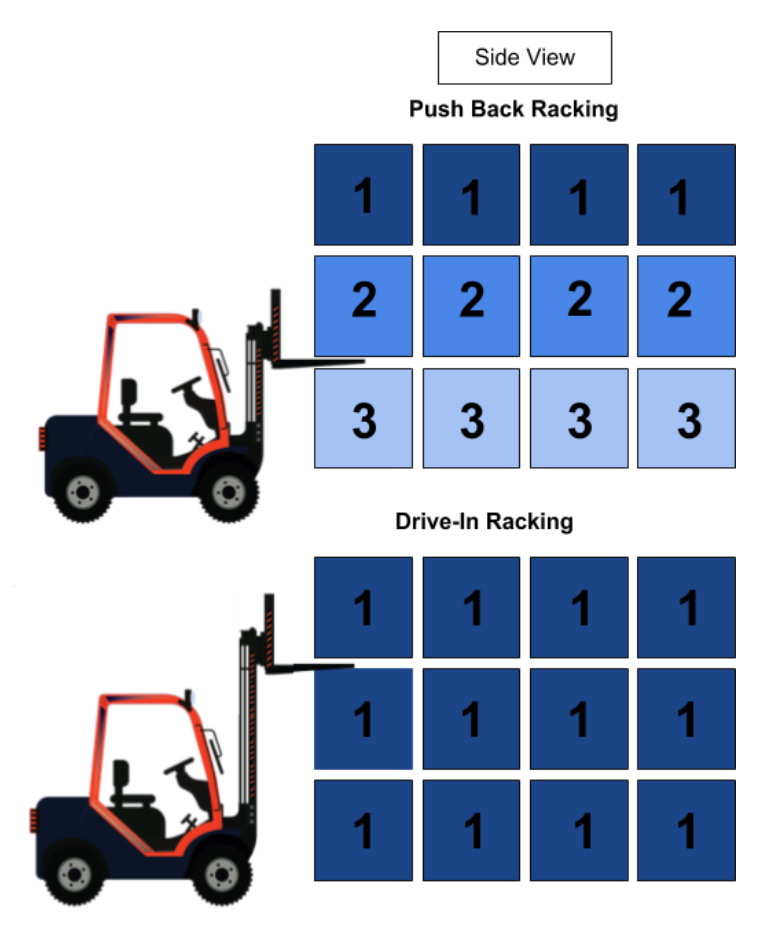






 link:
link:




